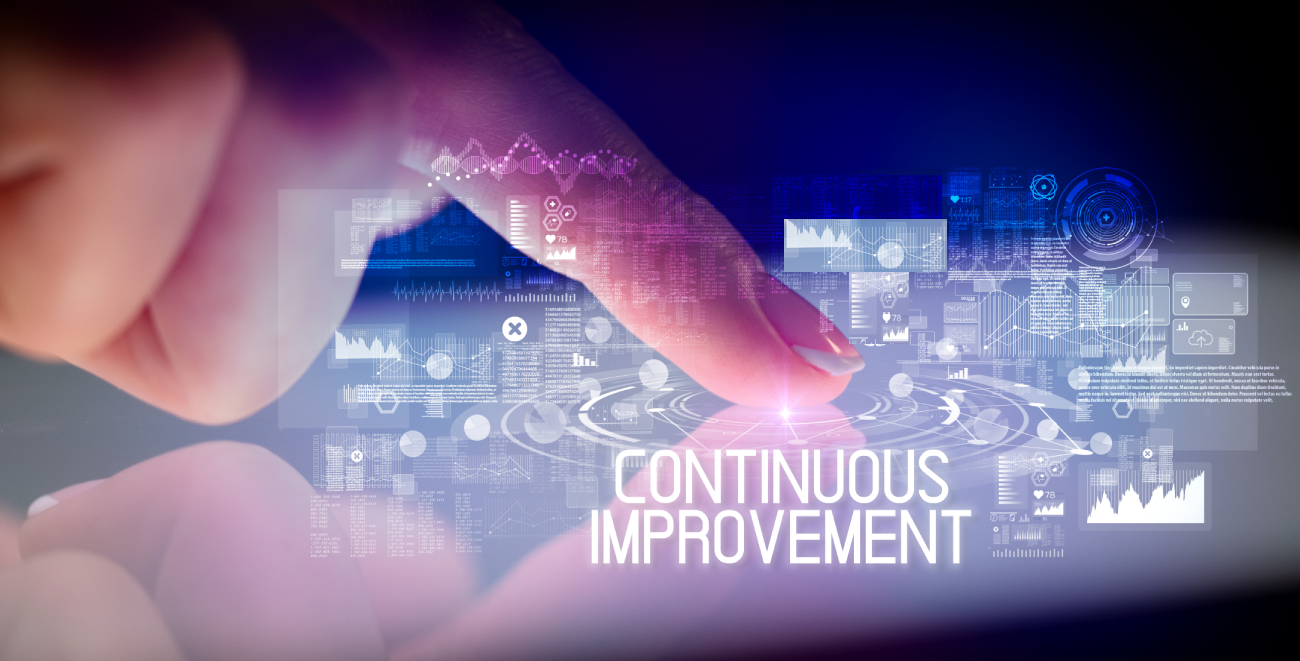
Continuous improvement entails ongoing improvement of products, services, or processes through incremental or breakthrough improvements. Continuous improvement has gained wider acceptance as a vehicle for driving an organization's quest for excellence. CI/CD is one of the most popular methodologies to achieve Continuous improvement with incremental changes, highlighted by short and continuous Develop - Test - Deploy cycles. Let us explore some key areas that organizations need to focus on for the adoption:
1. Identify
As part of the CI/CD pipeline, an organization can undertake several improvements. There should be a robust system of organizing and prioritizing improvements. Keeping in view the alignment of each initiative to the overall business strategy, in the first pass organization can pick the ones that bring the maximum value using the value analysis. Organizations can use LEAN to analyze, fine-tune the processes, and eliminate Muda, Mura, and Muri in the second pass.
2. Organizational Preparation
Pursuing Continuous improvement, CI/CD usually means a steep learning curve for the adoption, and it entails a mindset change for everyone involved. Some of the fundamental changes from an organizational perspective ensuring readiness are:
- Project planning and execution - Adopt Agile planning
- Execution - Consultants, Developers, and support teams adopting Agile using frameworks such as Scrum and techniques like Design thinking
- Business Users - Adopt short and reiterative Build, Test, Deploy cycles based on MVP
- Sponsors - Adopt Value analysis and LEAN for identifying and prioritizing
- IT - Adapting to fast-paced changes with Dev / Ops model with awareness of happenings in the knowledge domain and being ready with the skillset
3. Systems/ Tools
Continuous improvement, CI/CD is accompanied by an increase in the frequency of the releases, reducing design to market time significantly necessitating compatible collaboration and code versioning. It also needs controlled migration for deployments, appropriate Approvals, Workflow, and environment management capabilities. Here is a comparison of a few options in the market.
4. Change Management
Continuous improvement is a path that takes time to traverse, and the organization needs to prepare accordingly. To adopt, a strategy to handle change needs to be in place. The adoption will undergo teething trouble, need a periodic course correction, stabilizing over a period, and start yielding results, justifying the investment made only after the initial turbulence. Change management would ensure that changes aimed at by the organization are accepted and percolated at all areas/ levels.



